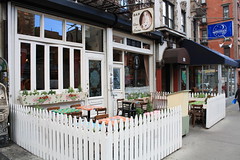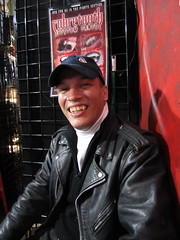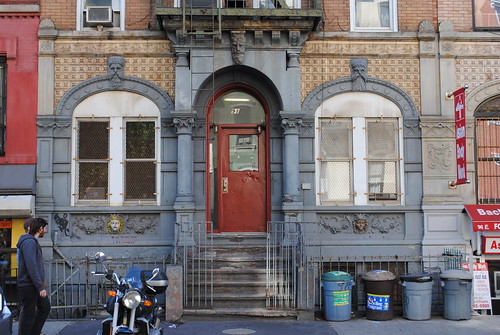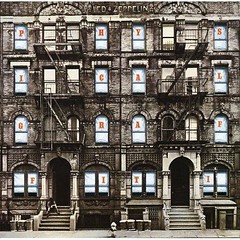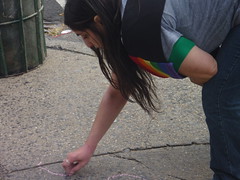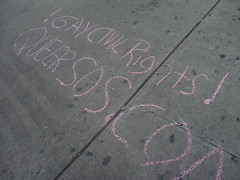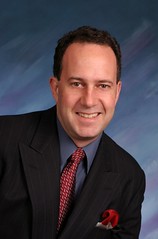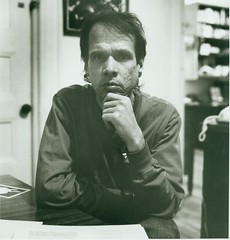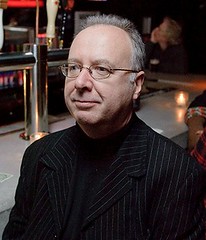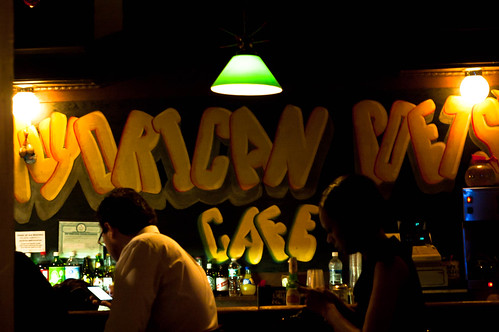Frank Prisinzano opened Frank’s, a trattoria on Second Avenue between Fifth and Sixth Street, in 1998, a time when the East Village was not yet a byword for funky cosmopolitanism. “I was the first of the small restaurants in the neighborhood,” Frank said, exercising perhaps a bit of poetic license. “People said we’d never make it. My ex-wife was out front, my father and I did the prep work.” They made it. Today the restaurant is the foundation of the Frankish empire, which also includes Lil’ Frankie and Supper, both on First Avenue between First and Second. And Frank himself is wreathed in glory, his restaurants celebrated in The Times, the Michelin Guide and elsewhere. Try getting a table at Supper on short notice.
Frank’s serves serious food in a self-consciously non-serious setting, which is to say that is very Lower East Side. On my first visit, I had a kind of galette made of an oozing straciatella the texture of crème fraiche on top of two thick slabs of tomato. Then I had fabulous beet ravioli. “It’s kind of a teenage-girl color,” my friend Nancy said — the purple of a scrunchy. It was a lovely summer day, and Nancy and I were sitting outside behind the white picket fence, which Frank has incongruously built out on to the sidewalk. Liesl Schillinger, the crackerjack book reviewer for The Times, walked by on her way to the Ottendorfer Public Library to return some books. That’s one of the nice things about sitting outside at Frank’s. Liesl was dressed for the season — vivid pink and lime green. “Her shirt was. . .” “The color of your lunch,” Nancy finished for me.
Read more…



